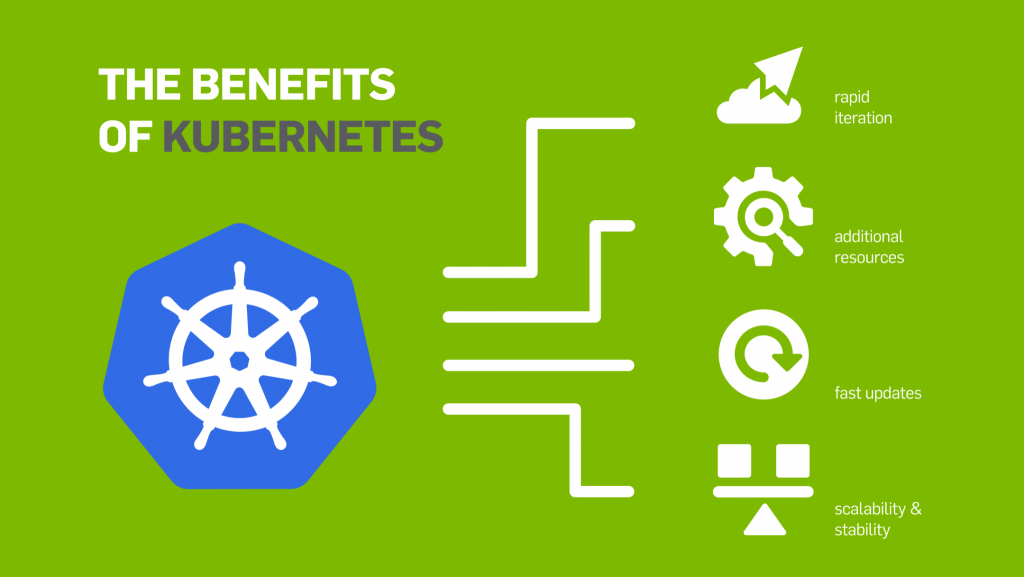Promoting Flexibility, Scalability, and Efficiency with Microservice Architecture

New technologies and developments emerge on a daily basis. But amongst the vast and continuously growing number of options out there, what will add innovation and improvements for clients? Before adopting or implementing new technologies, we place importance on carefully analyzing and researching them. This way, we can consider and align clients with the best solutions for their unique needs and challenges.
The beginning of our journey with ContactCenter4ALL (CC4ALL)
CC4ALL’s ambition is to connect the world and make an impact as a leader in customer contact solutions for Microsoft platforms. They deliver call center solutions through Microsoft Teams, Dynamics, and Skype for Business to the customer contact center market.
We’re currently in the process of redeveloping CC4ALL’s solutions to fit a cloud-native platform based on container technology. However, the monolithic architecture of their application forces our team to stick with the original technology used during its initial design and deployment. As their current monolith application continues to grow, it becomes increasingly inflexible and difficult to scale, in turn causing difficulty in business growth.
Our solution was to propose a journey towards a new architecture: to transition from a monolithic to a microservice-oriented architecture.
What does ‘monolithic’ and ‘microservice’ architecture mean?
In this context, monolithic means composed all in one piece. A monolithic architecture is built as a single, large unit; a traditional unified model for the design of a software program. It’s designed to be self-contained and tightly-coupled, with interconnected and interdependent components that are often deployed all at once.
A microservice architecture uses a suite of small, modular units of code that can be deployed independently from the rest of a product’s components. Each module in the application is built around specific capabilities and runs on its own code-base. Its loosely coupled design allows developers to change or update modules without affecting other parts.
Approaching the challenge of a new architecture and tech vision
Although microservice architectures have experienced an explosion in growth, they’re not always the best-suited solution for every context. Monolithic architectures are simple to develop, test, and deploy, making them ideal for small teams or to quickly test unproven products and proof of concepts. But microservice architectures are proven to be extremely superior systems, especially for large enterprise applications. After all, microservices are easy to scale, faster to develop, and they often perform better than monolithic applications.
Since CC4ALL’s monolith application was impeding on its flexibility and scalability, upgrading to a new microservice-oriented architecture was a natural progression. The new architecture would comprise multiple autonomous microservices, creating a flexible cross-platform for both the server and the client. Our roadmap for this approach also utilizes Azure Kubernetes Service (AKS) to simplify the deployment and management of this new microservices-based architecture.
While microservice architectures are generally more agile than monoliths, they introduce a level of complexity with their own set of challenges. Each microservice requires its own infrastructure, dedicated continuous integration and delivery pipeline, and monitoring process. This results in a slower initial deployment for the application as the operational complexity of such a system takes time and meticulous attention to executing. In order for the distributed system to operate smoothly, a microservice architecture needs to be implemented carefully and correctly.

Impact for the client and end-user
Clients are at the center of everything we do – the reason why we continuously strive to offer novel solutions and improvements through innovative and best-suited technology. CC4ALL is now building on top of container technology, but it’s borderline impossible to deploy and manage all the containers manually. When considering specialized software to orchestrate and manage deployments at an enterprise level, AKS is the first choice that comes to mind.
Kubernetes makes it easier for developers to test, maintain and publish container-driven applications. It accelerates containerized application developments and helps developers to easily define, deploy, debug, and upgrade even the most complex applications. It enables the creation and deployment of large-scale containerized applications and maintains them so they run reliably forever, providing a high degree of automation. Kubernetes can also optimize the use of resources to reduce costs. Instead of keeping unnecessary machines running, Kubernetes frees up these resources and uses them for other tasks. Through auto-scaling, Kubernetes ensures it doesn’t use more resources than necessary.
Another crucial factor is that Kubernetes has the ability to scale quickly. Kubernetes can provide additional instances and support fast, so the system doesn’t crash in the event of an exceptionally high amount of traffic. The environment can also be redeployed based on templates, allowing additional new production environments for customers to be deployed within minutes. The technology provides a high degree of flexibility, resiliency, and efficiency by streamlining horizontal scaling, self-healing, load balancing, and secret management.
Long-term advantages of the new microservice architecture
The long-term advantages of this new microservice oriented architecture include:
- scalability and flexibility
- continuous delivery
- the advantage of automated technological updates
- improved fault isolation
- developer independence
Microservices are an excellent option for situations where developers can’t fully predict what devices will be accessed by the application in the future. They allow quick and controlled changes to the software without slowing down the application as a whole. In comparison, one misbehaving or changed component in a monolithic architecture can bring down the entire system.
One of the greatest benefits of microservices is that they permit magnified application flexibility and performance. A microservice architecture lets developers decompose an application into independently executing services. These individual microservices can be updated easily and the resulting update can be placed into production without the need for lengthy integration work across different development teams. New languages and frameworks can also be used as soon as they are released to build out new components and services.
With this upgrade from a monolithic to a microservice architecture, we ensure greater efficiency, application flexibility, and improved performance. Its benefits have helped us to meet our project’s goals with ease and proficiency, delivering high standards and customized solutions to clients.